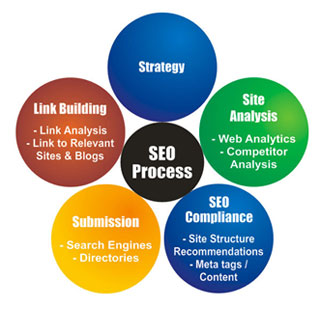 Marketing In The Digital Age
Marketing In The Digital Age
In a time gone by, a marketer’s life was a much simpler one. Ways to reach your prospective customers were limited; sending a compelling message would shift your product and you’d think no more of it. With the rise of smartphones, tablets and internet usage, marketers have constant communication tools and consumers have no escape!
With all of the promotional clutter consumers wade through daily, research has shown it has actually increased the difficulty consumers have remembering specific messages. Never before has it been more important to cut through that information overload, or “noise”, to reach your target market. Why is it such a problem? One of the most common responses for consumers when presented with excess choice and data is to forgo a purchase entirely! In short, being given too much choice or too much information can be debilitating.
One very effective way to cut through the “noise” is to simplify consumers’ decision making through brand loyalty; breathing life into your brand, reiterating your company’s values and connecting to your target market on a deeper level.
To really bring the brand message home and reach your target market, the most fundamental consideration is integrated marketing communication.
Integrated Marketing Communications (IMC)
Integrated marketing communications (IMC) is a way of communicating with your target market through a well-coordinated use of marketing tools that reinforce each other.
By creating a comprehensive plan that looks at strategic roles of a range of communication tools, you can combine them to provide clarity, consistency and maximum communication impact. These tools include website content, search engine optimisation, blogging, social media marketing, pay per click, video content and much more.
All of these communication tools work better if they work together in harmony rather than in isolation. Their sum is greater than their parts – providing they speak consistently with one voice all the time, every time.
Content is king with communications (and Google search!), now more than ever. Original and desirable content such as text, graphics, images and video is what will set you apart from competitors and make your organisation more likely to succeed and thrive by appealing to your target market.
There is a wide range of benefits to IMC implementation that span all industries and sectors, that can work regardless of the size of your business.
Benefits of Integrated Marketing Communications (IMC)
Keeping on top of IMC does require some effort, but it delivers a multitude of benefits. It can create a competitive advantage, boost awareness, sales and customer advocacy, whilst simultaneously saving your organisation time, money and unnecessary stress.
Consistent, relevant and useful messages help to build and strengthen long term relationships with customers. At the same time, your organisation consolidates its image, develops engaging dialogue and continues to nurture customer relationships.
This relationship marketing creates a bond of loyalty with customers which can set you apart from competitors – the ability to retain a customer for life is a very strong competitive advantage.
Profit can also rise due to increased efficiency. A unified message has more impact than a disjointed and inconsistent stream of messages, and a consistent, consolidated and clear message has a far better chance of cutting through the “noise” of messages flooding customers every day. Integrated communications convey a reassuring sense of order; consistent messages are more credible.
Making it Happen
Despite all those benefits, your organisation will enjoy none if you don’t act to make it happen. Here are some tips for implementing IMC:
- Make sure you have a brand guidelines document to maintain consistency with visuals such as logos, colour palettes and fonts, as well as brand values.
- Develop a very clear marketing communications strategy with objectives, positioning statements and values. Use this to make sure all communications add value and reinforce the organisation’s brand.
- Rethink your budget. When building your new communications plan, instead of setting a budget and trying to spend it, think about what you really need and work the cost of that out. This will ensure you spend wisely, and will make your money go further.
- Make customers king. Think about your customers and develop your communications around that – tailor your communications to the people you want to reach and engage with them to help them move easily towards making a purchase.
- Build relationships with customers who share your brand values. Each communication should strengthen your relationship with customers – customer retention is as important (if not more so) as customer acquisition.
Be prepared to change your entire plan. Review and evaluate what you are doing and what it is achieving. Learn from experience and continually tweak what you are doing to ensure communications continue to be optimised. Always be flexible, adaptable and improving to ultimately improve your organisation’s bottom line.
 Marketing In The Digital Age
Marketing In The Digital Age
